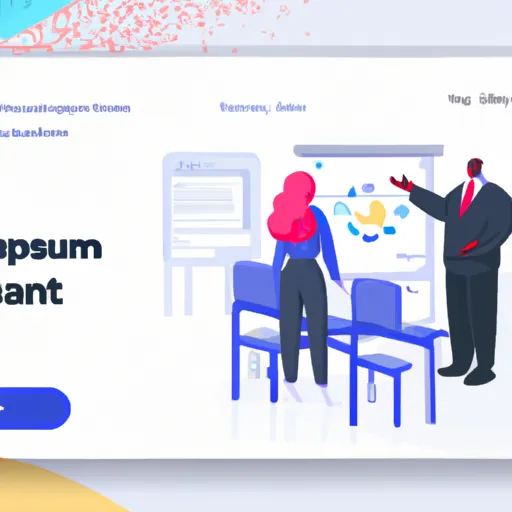
Interactive user surveys are a powerful tool that allows you to create a unique experience of interacting with your audience. They not only provide valuable data about your target audience but also help establish a deeper connection with participants.
One of the main advantages of interactive surveys is their ability to capture participants' attention and evoke an emotional response. While traditional surveys can be boring and repetitive, interactive surveys can be engaging and interesting. They can include game elements, such as voting for the most popular option or solving a puzzle.
Additionally, interactive surveys can be customized to account for each participant's opinion. A commonly asked question can become a group question. For example, during voting, instead of selecting only one answer, each participant can choose multiple options. This makes surveys more flexible and allows participants to better express their opinions.
Interactive surveys can also be integrated into various platforms and formats, such as websites, social media, mobile applications, and email. This allows the audience to easily participate in surveys and receive instant results, making surveys more convenient and accessible for participants.
Real-time results are an important component of interactive surveys. Participants can see the results updating in real-time, which can stimulate their involvement and active participation. This creates a sense of involvement and participation, and allows participants to see their role in the bigger picture.
Another important aspect of interactive surveys is the ability to personalize and target them. The audience can be divided into groups, and each group can be given individual questions to gather more accurate data on preferences and opinions of each participant. This enables the creation of more relevant and targeted surveys for each group.
Furthermore, interactive surveys can be used to collect qualitative data, such as feedback, comments, and suggestions. Participants have the opportunity to leave their feedback and suggestions directly through surveys, allowing for interaction with the audience and a deeper understanding of their needs.
Finally, interactive surveys can be used to create more engaging and personalized marketing communications. Survey results can be used to create more targeted advertising and messaging, which helps increase the effectiveness of marketing campaigns.
Overall, interactive user surveys provide new opportunities for creating a unique experience of interacting with your audience. They capture participants' attention, deepen the connection with them, and provide valuable data for decision-making. By using interactive surveys, you can create more efficient and personalized marketing communications, as well as increase the level of audience engagement and participation.


